Located in the Palazzo dei Musei, the Pinacoteca Civica di Varallo is considered one of the earliest art collections in Piedmont. The original nucleus of the Pinacoteca was housed in only three rooms and consisted of the works featured in the 1885 Valsesian Art Exhibition, which was held on the occasion of the celebrations of the supposed fourth centenary of the birth of Gaudenzio Ferrari (Valduggia, 1475/1480 - Milan, 1546), among the greatest 16th-century artists of northern Italy and a true genius loci of the Vercelli area. The idea of starting a picture gallery was due to the Society for the Conservation of Works of Art and Monuments in Valsesia, which was founded ten years earlier for the purpose of managing and preserving art objects belonging to the Valsesian artistic heritage.
The drafting of the first catalog fell to the painter Giulio Arienta, published posthumously in 1902.From that time on, the artistic heritage of the art gallery continued to be enriched, and the first changes became necessary. In fact, the exhibition itinerary was expanded in 1952 thanks to painter Emilio Contini, the museum’s first curator, who inaugurated the new tour consisting of twenty-four rooms. In 1960, on the other hand, the renovation of the Palazzo dei Musei, the building that still houses the art gallery, dates back to 1960: in fact, in the late 1950s, legal ownership of the premises that housed the art gallery was acquired thanks to engineer Giorgio Rolandi, who was elected president of the Conservation Society. The latter also financed the work of art historians circulating in the university and museum circles of Turin and Milan, since they had established contacts with Varallo in order to analyze the Valsesian artistic testimonies, especially related to Gaudenzio Ferrari and Tanzio da Varallo (Alagna, c. 1582 - Varallo, 1633), and collaborated on the new museum layout. Today, since 1998, the enhancement and preservation of the Pinacoteca’s collections are owed to the non-profit organization Società di Incoraggiamento allo Studio del Disegno e di Conservazione delle Opere d’Arte in Valsesia, thanks to which the museum continues to be one of the main artistic and cultural centers not only in Valsesia but throughout Piedmont.
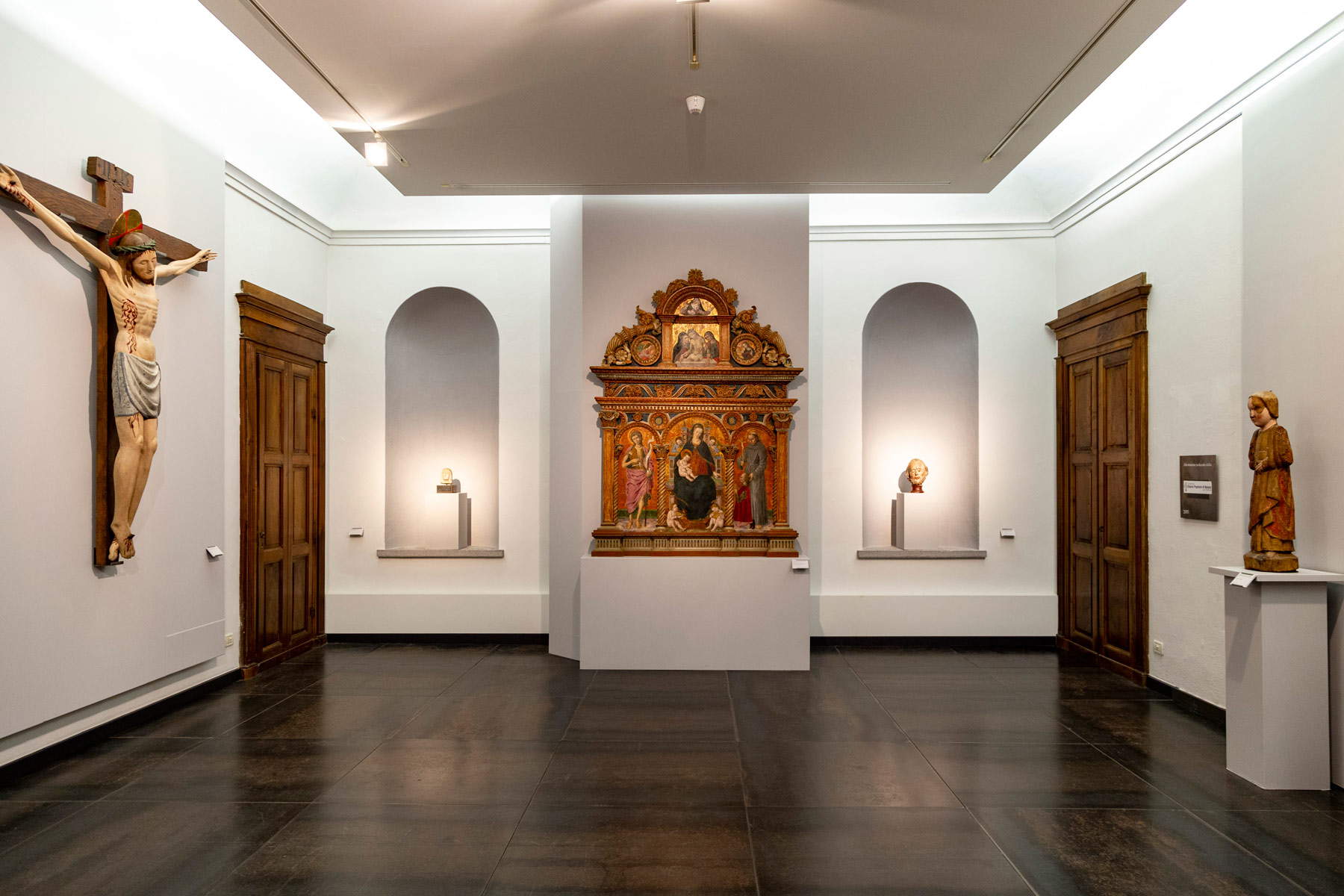
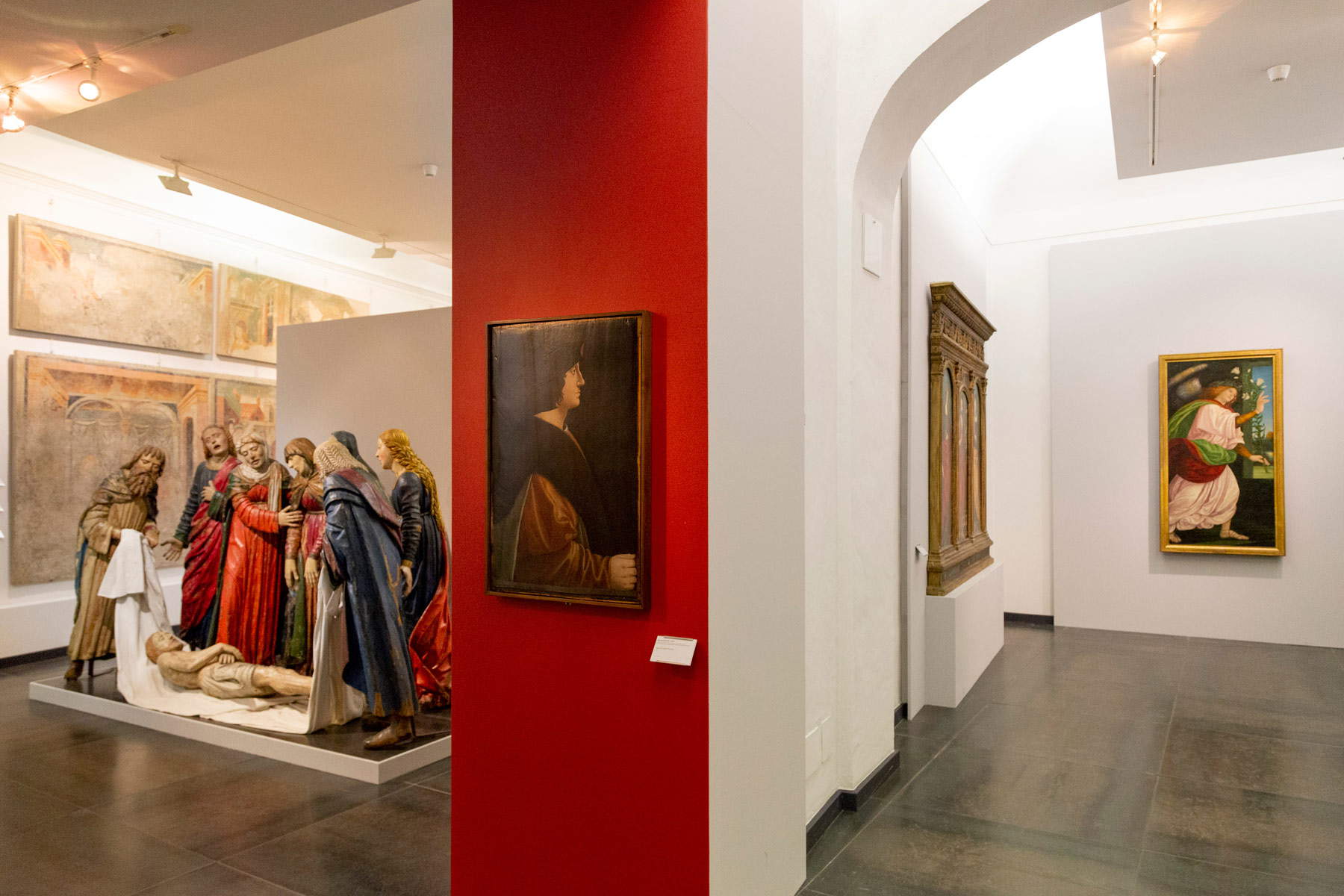
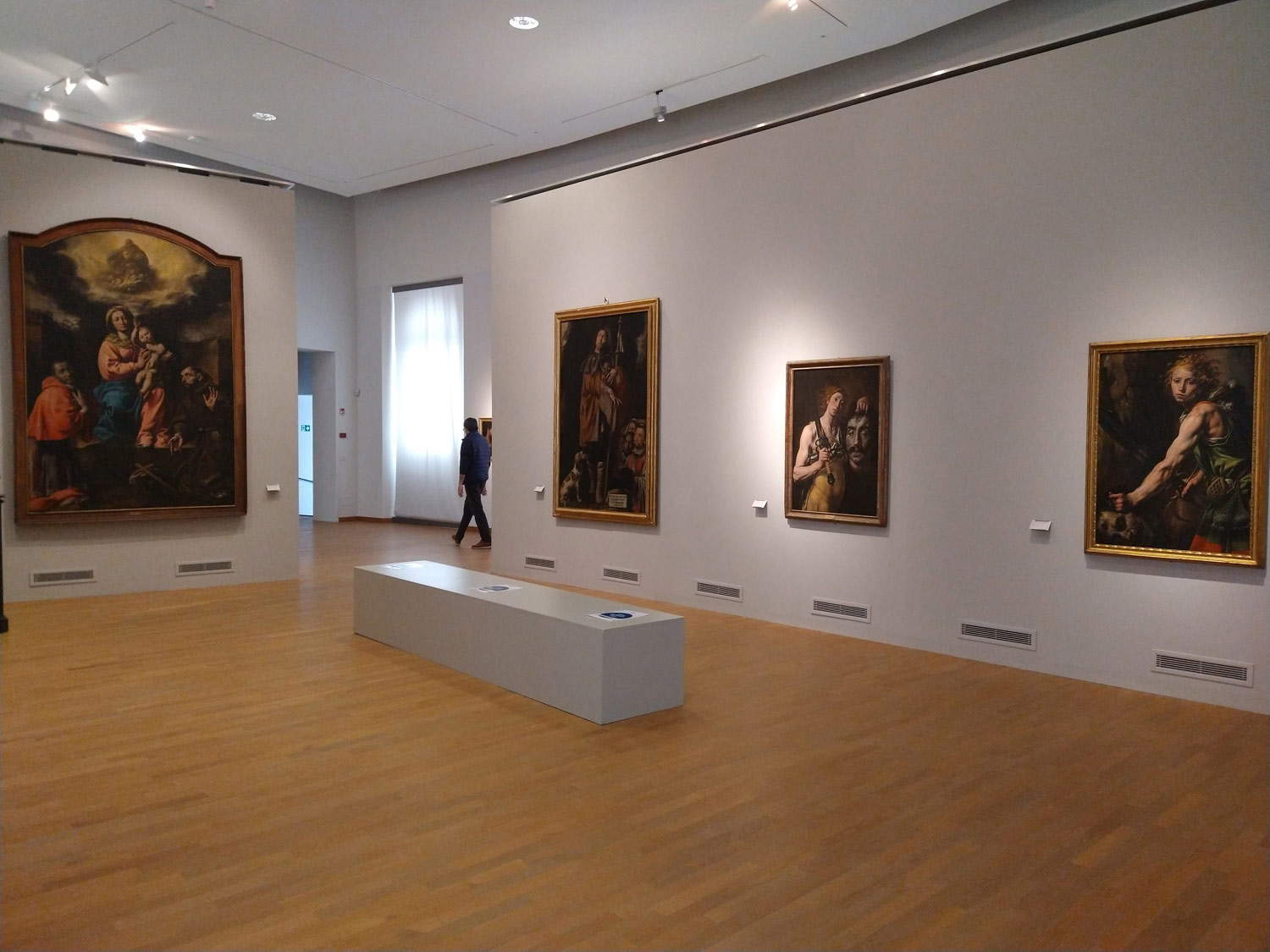

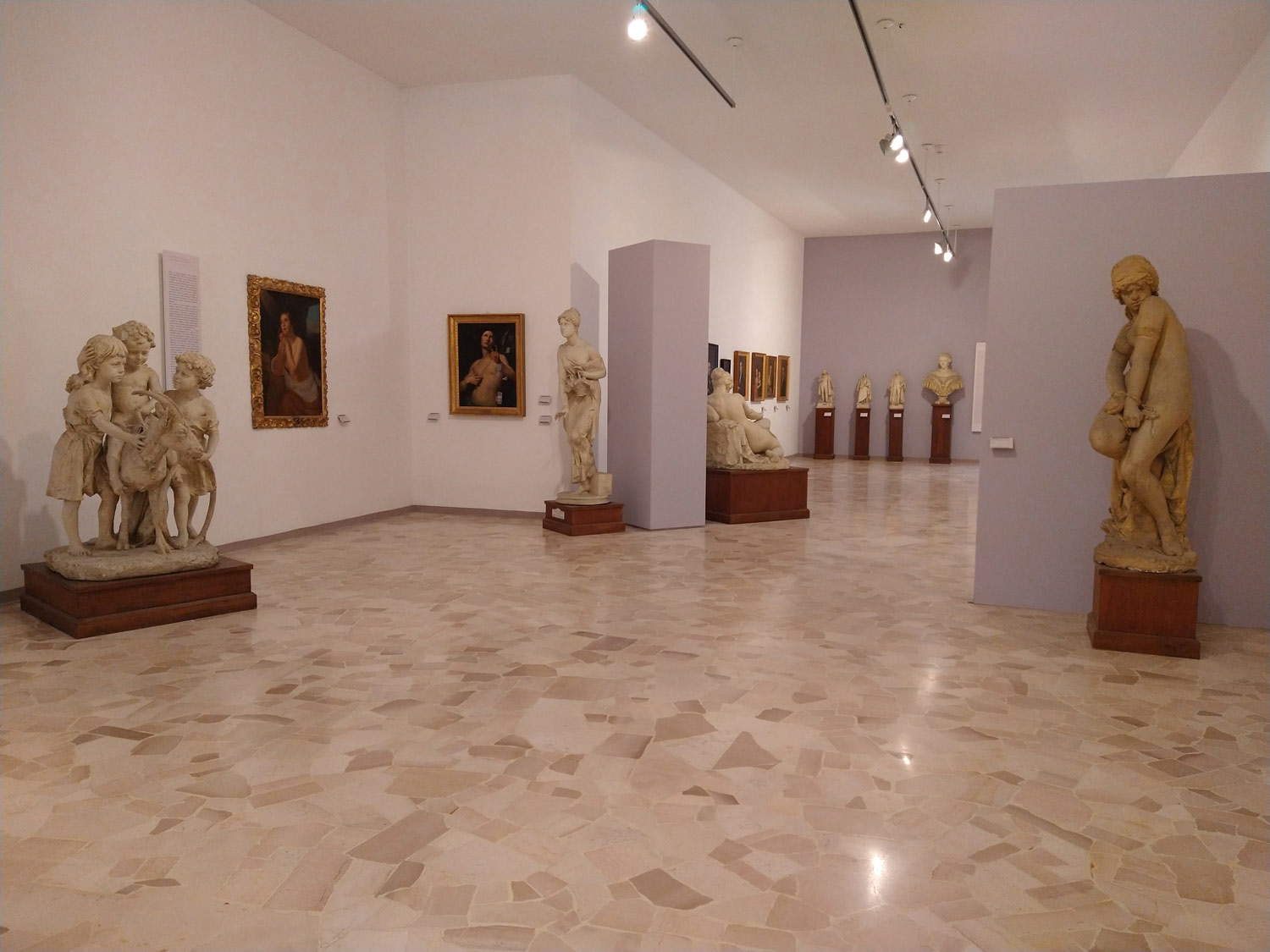
The museum tour opens in the first room with wood and stone sculptures and paintings on wood panels that account for theevolution of art in Valsesia from the fifteenth to the early sixteenth century; some works attest to the presence in the area of objects of Nordic origin, particularly from the Walser community, such as the Busts of Saints that refer to the domain of the Swabian master Nicklaus Weckmann the Elder and the Christ Crowned with Thorns attributed to the Flemish Dieric Bouts, a work of private devotion that anciently came perhaps to Sacro Monte in Varallo. Another group of sculptures, on the other hand, refers to the activity of artists from eastern Piedmont with a Lombard influence: examples include the St. John the Evangelist, the Madonna of the Rose, and the Alagna Crucifix. Finally in the same room is the Scarognino polyptych, probably completed by Francesco Spanzotti, brother of the more famous Martino, at the end of the 15th century. Our gaze is enraptured in the next room by the wooden sculptural group of the Pietra dell’Unzione attributed to the workshop of brothers Giovanni Pietro and Giovanni Ambrogio De Donati, one of the most active in the Milanese duchy. The group comes from the oldest nucleus of Sacro Monte and depicts the Lamentation over the Dead Christ. On the walls surrounding the latter is a reconstruction of the chapel of theAssumption of the Virgin through frescoes attributed to the young Gaudenzio Ferrari (to whom is also attributed the panel of the Crucifixion originally in the convent of Santa Maria delle Grazie in Varallo) and his master Stefano Scotti. Also noteworthy are the Head of a Man with Red Cap, reminiscent of Leonardo da Vinci’s “character heads,” and the Head of a Young Man, possibly a Saint Sebastian. By Gaudenzio Ferrari, in addition to the four Doctors of the Church of the polyptych for the church of San Pietro in Gattinara, are also the St. Francis Receives the Stigmata (whose Brother Leo seems to be very similar to the frescoed St. Peter Martyr, recently attributed to his collaborator Sperindio Cagnoli) and theAnnouncing Angel, both from Sacro Monte: the former from the chapel of St. Francis, the latter from the Old Church.
If in the first rooms we recognize Gaudenzio Ferrari as the protagonist, among whose heirs we can mention Fermo Stella da Caravaggio, author of the fragment of a 16th-century fresco depicting a Head of a Saint, and Bernardino Lanino whose frescoes from the ancient chapels of Pentecostand Flagellation of Sacro Monte are exhibited here, the fifth room is entirely devoted to Antonio d’Enrico known as Tanzio da Varallo, the greatest painter from Valsesia in the 17th century, and to 17th-century painting. In fact, the work with the two Angels at Prayer is by his brother Melchiorre, while theAnnunciation is from an area close to Tanzio; the bas-reliefs in inlaid wood with the Mysteries of the Rosary, on the other hand, are from the Valsesian area: works that introduce the context within which the famous painter was active. However, the masterpieces that almost define a kind of room within a room are the two Davids by Tanzio da Varallo, displayed side by side(to which we had dedicated an article in the Fragments column), the St. Anthony of Padua, and paintings from the 1730s, such as the Madonna and Child with Saints Francis and St. Charles Borromeo and the St. Roch. Seventeenth-century painting is evidenced by paintings that come both from the Milanese and Lombard area, such as the Female Portrait attributable to a painter close to Francesco del Cairo and the large Massacre of the Innocents, and from the Piedmont-Lombard area such as the small Martyrdom of St. Maurice.
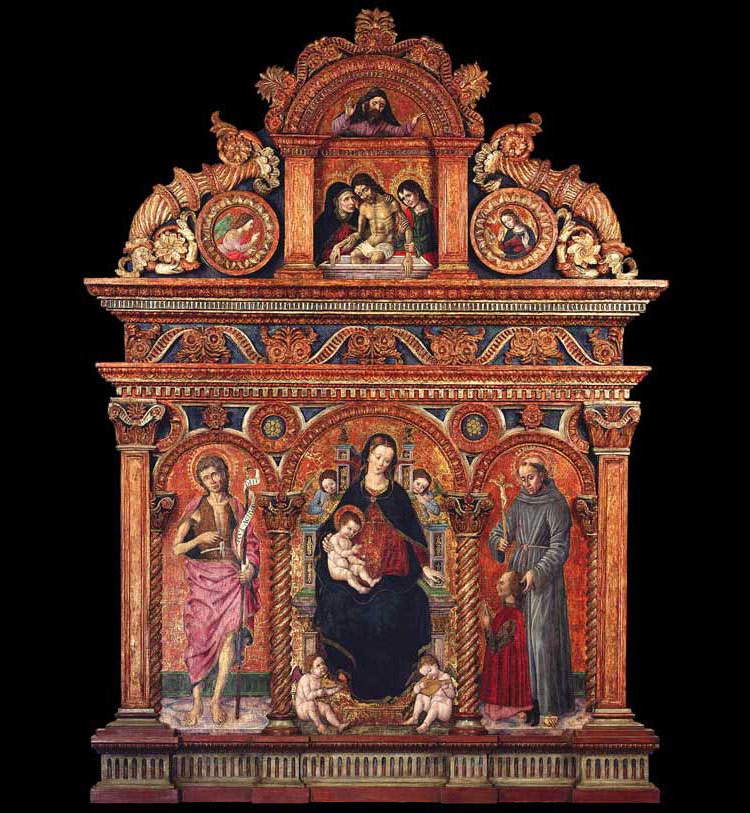
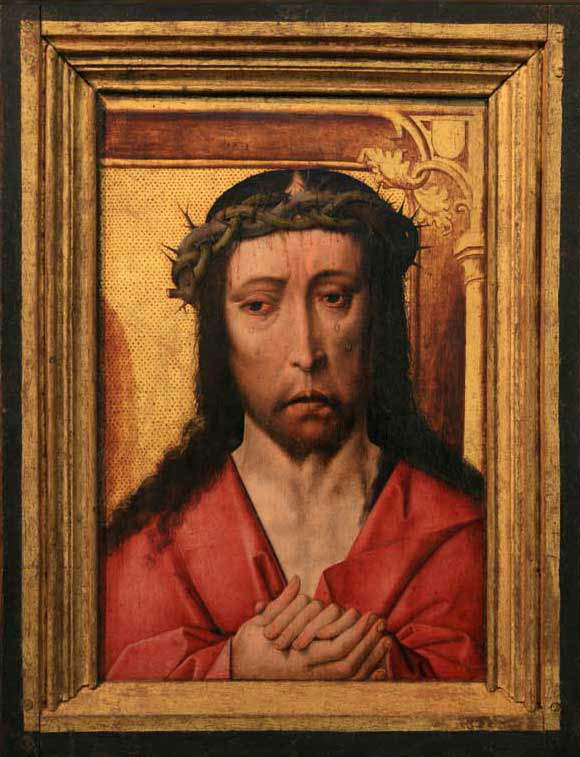
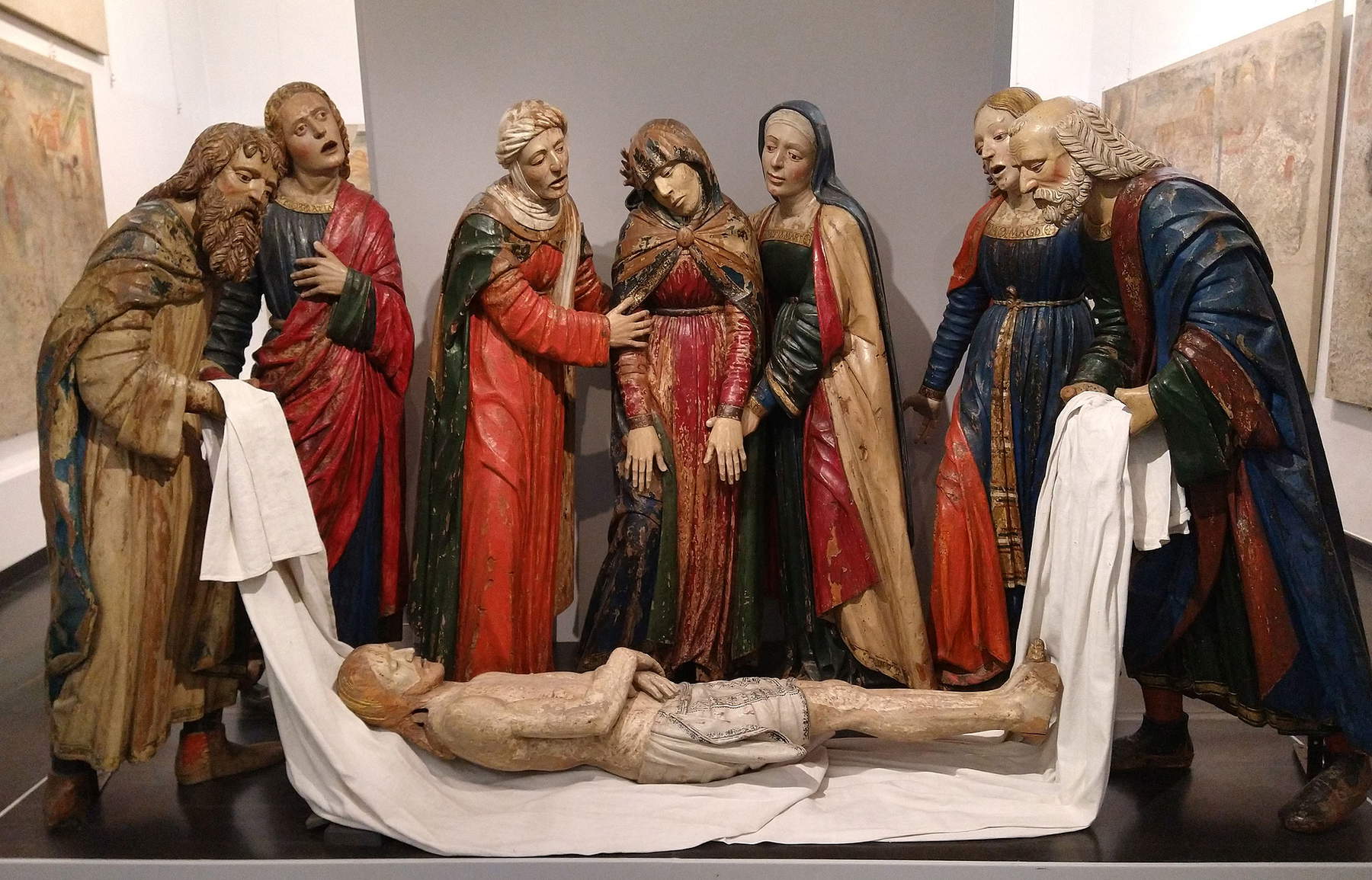
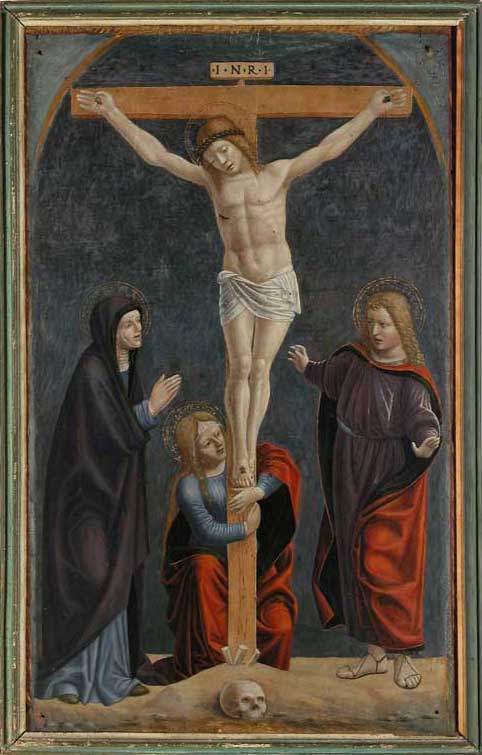
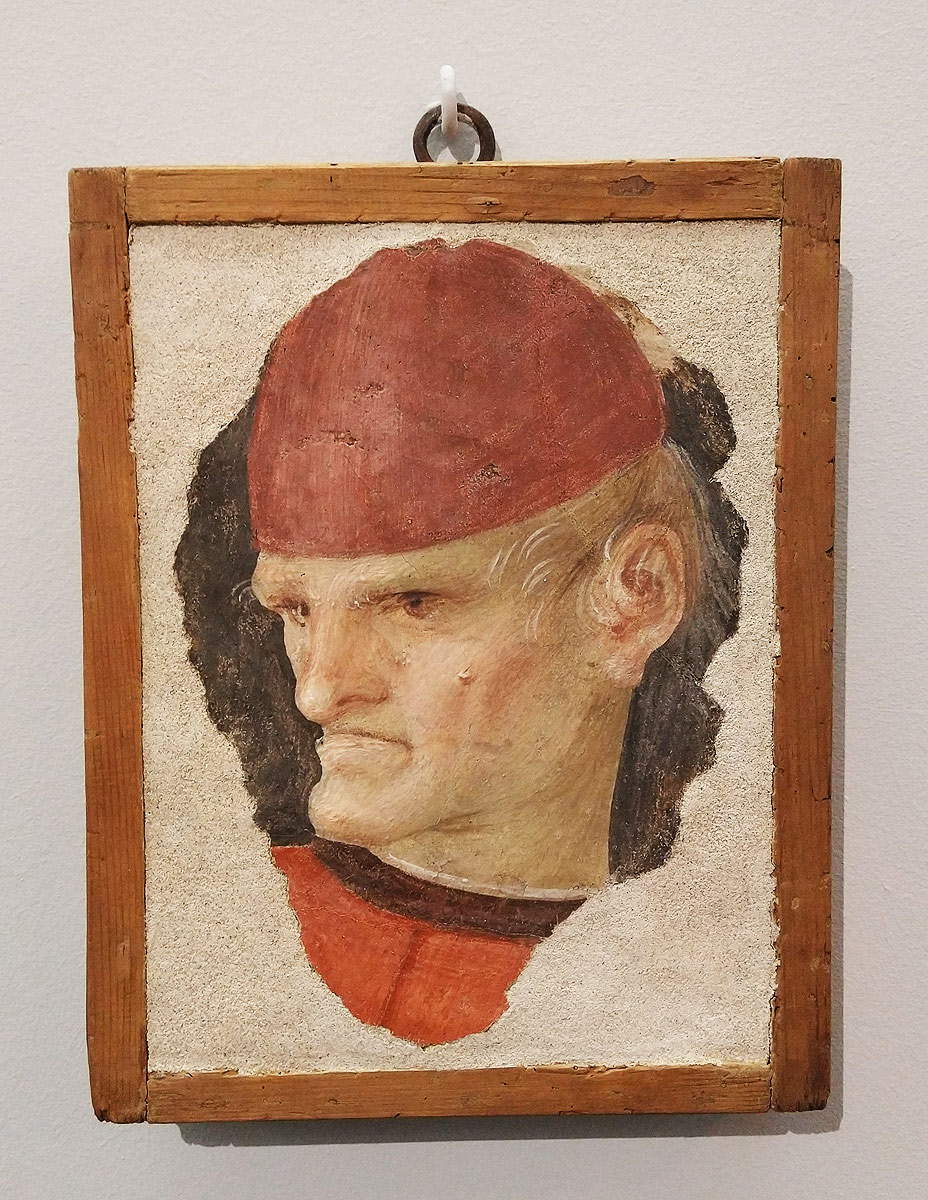
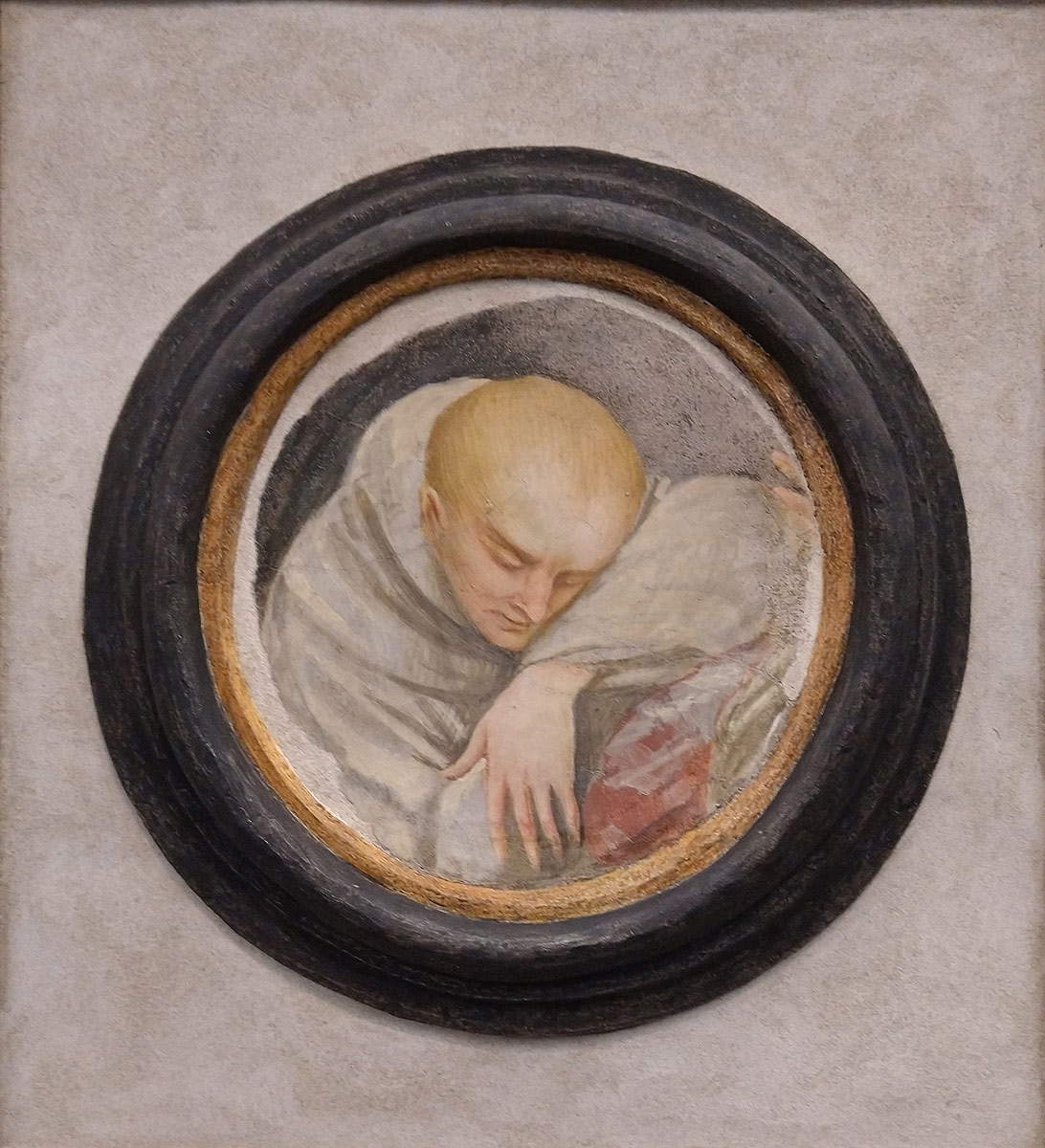
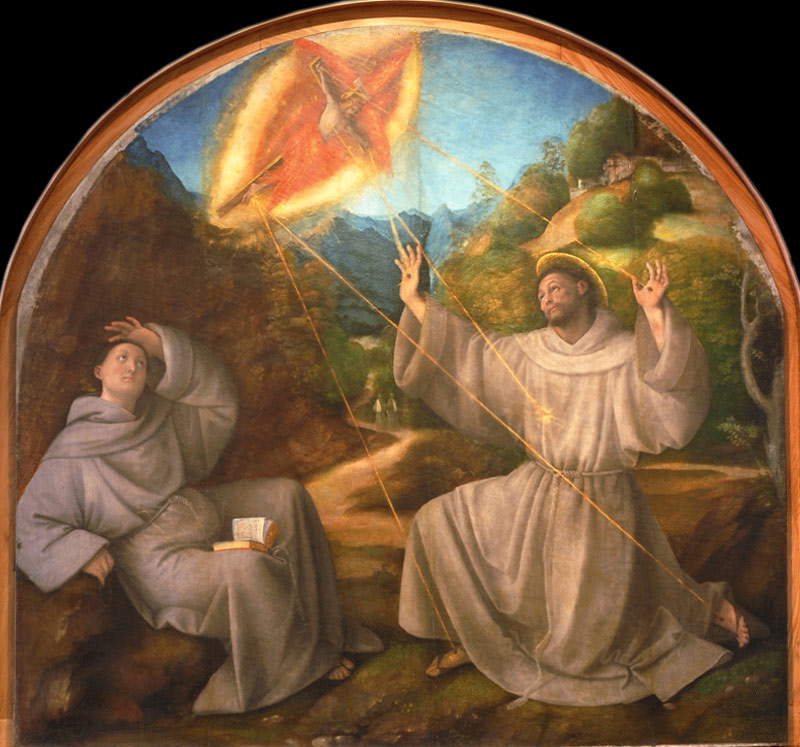
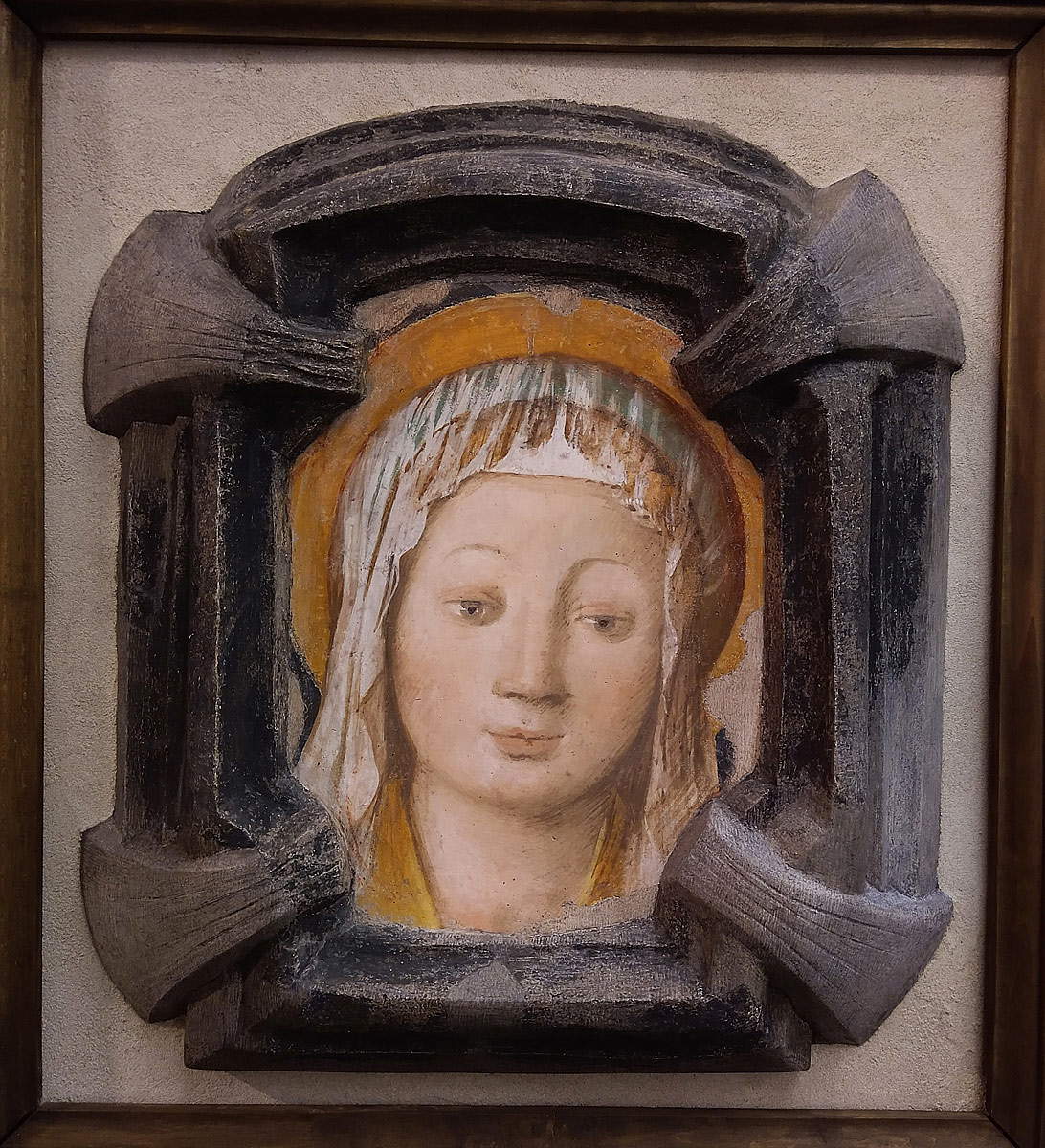
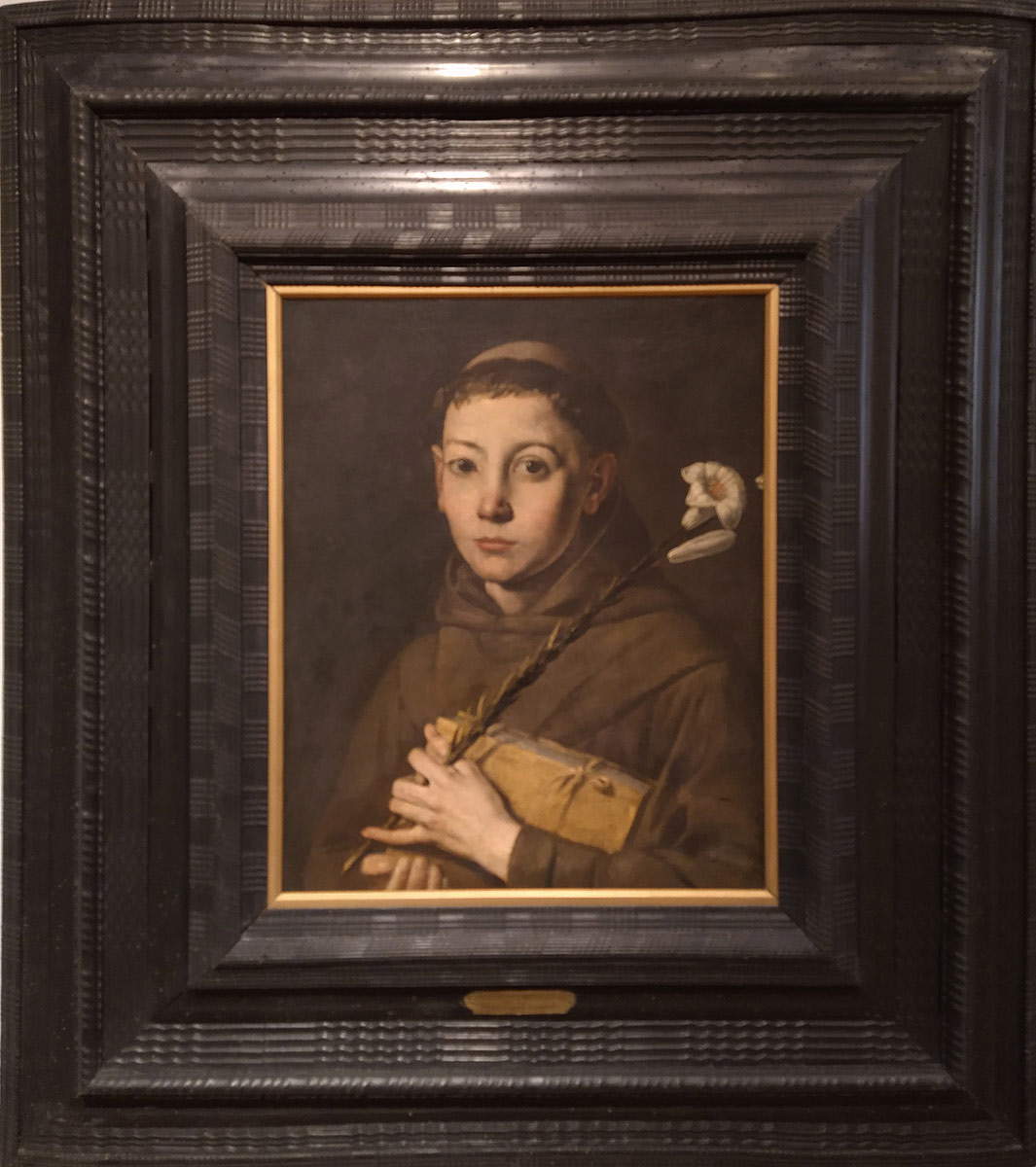
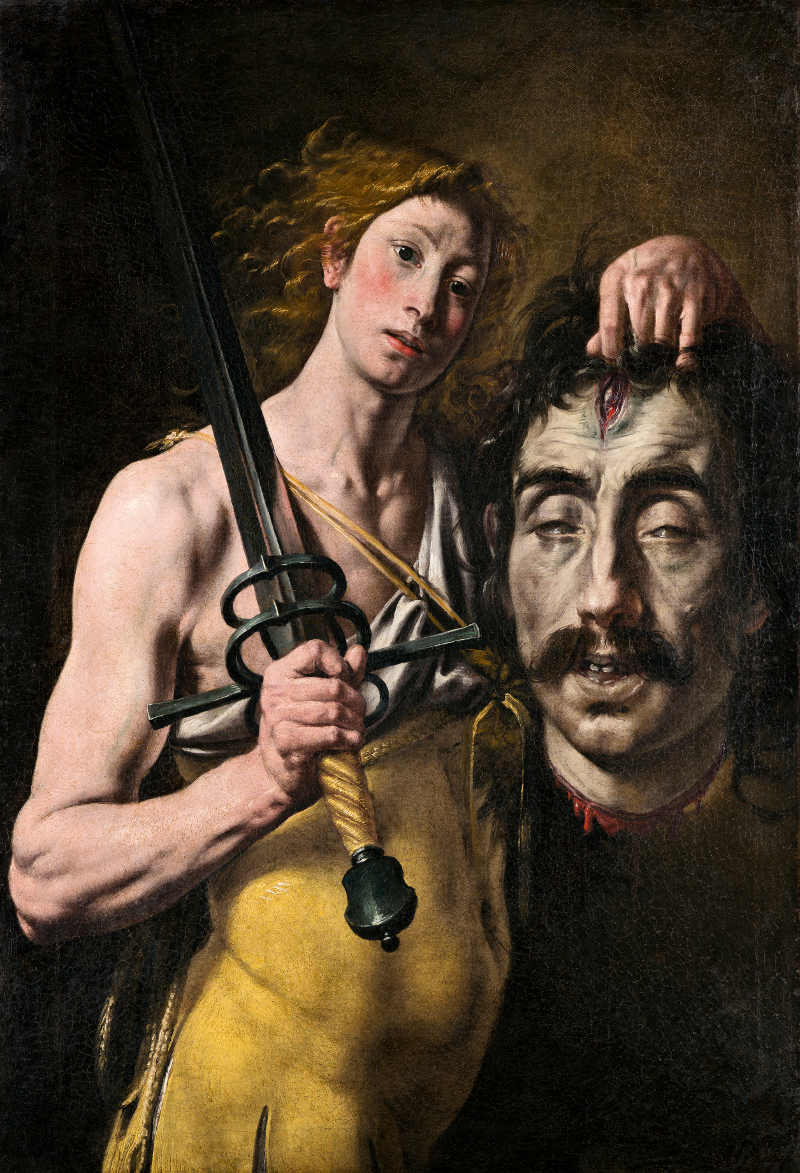

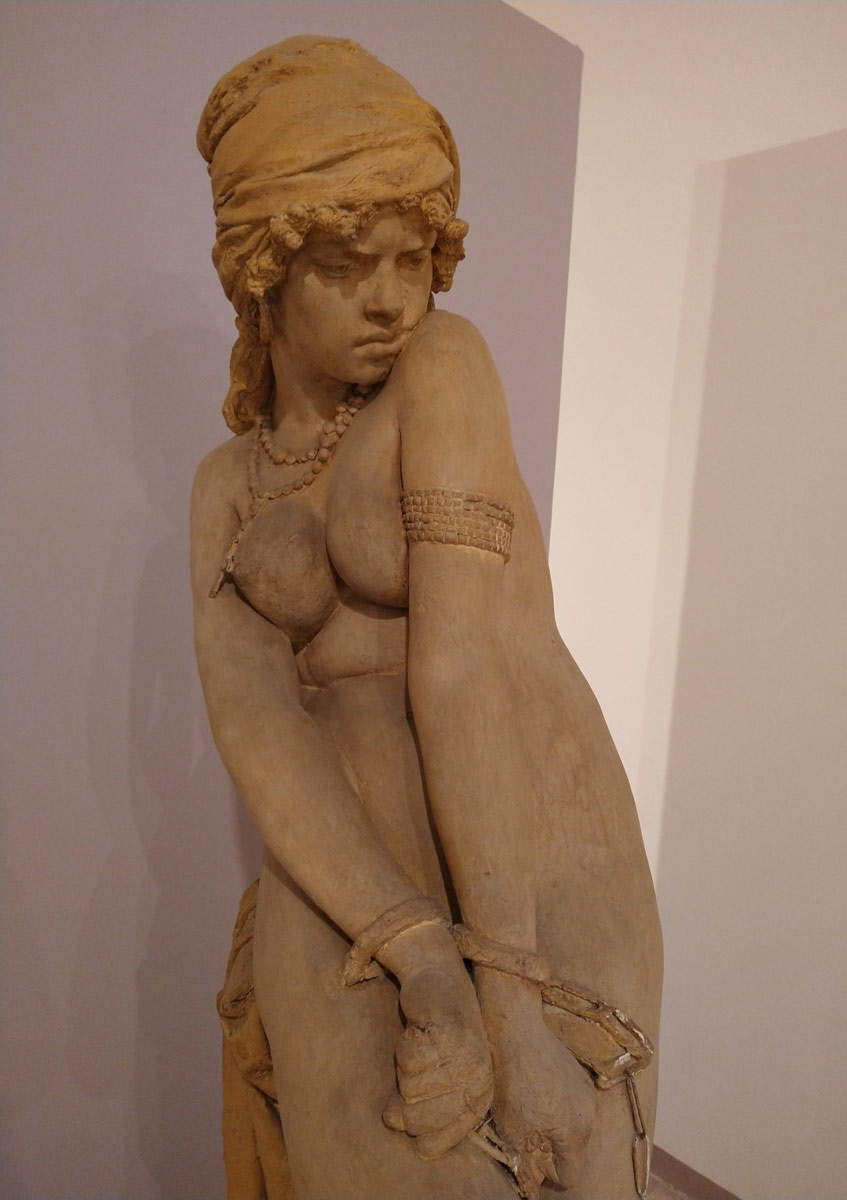
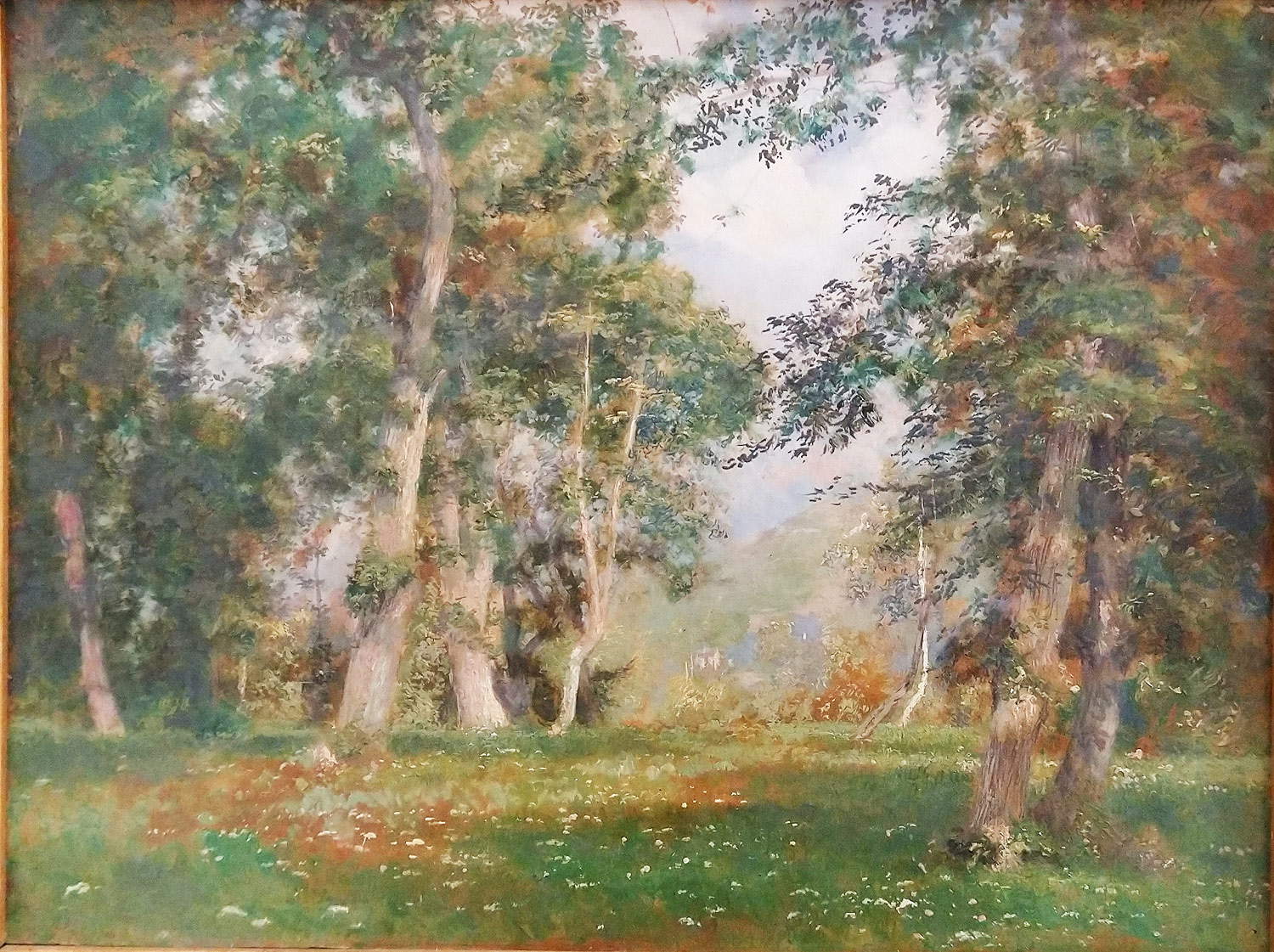
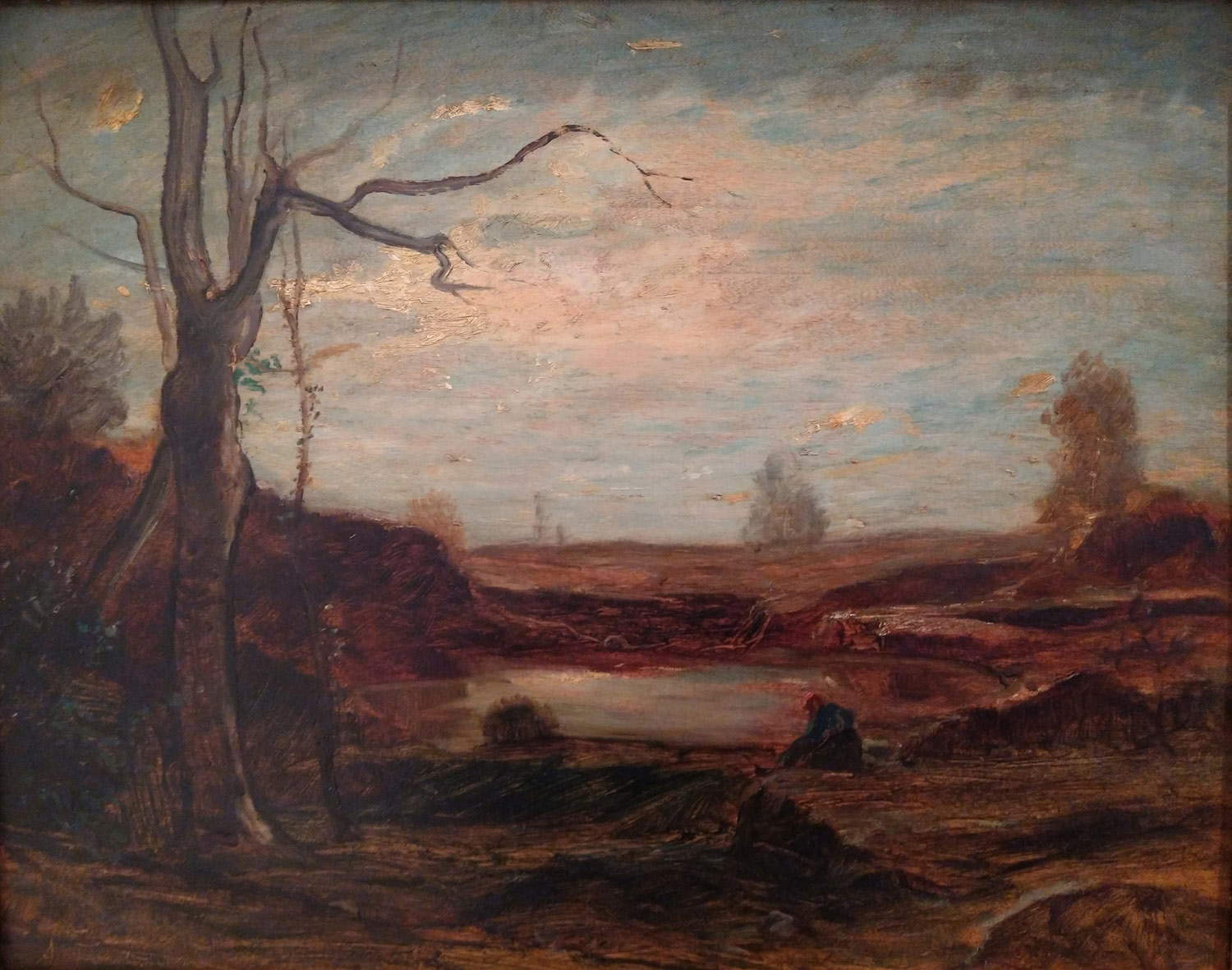
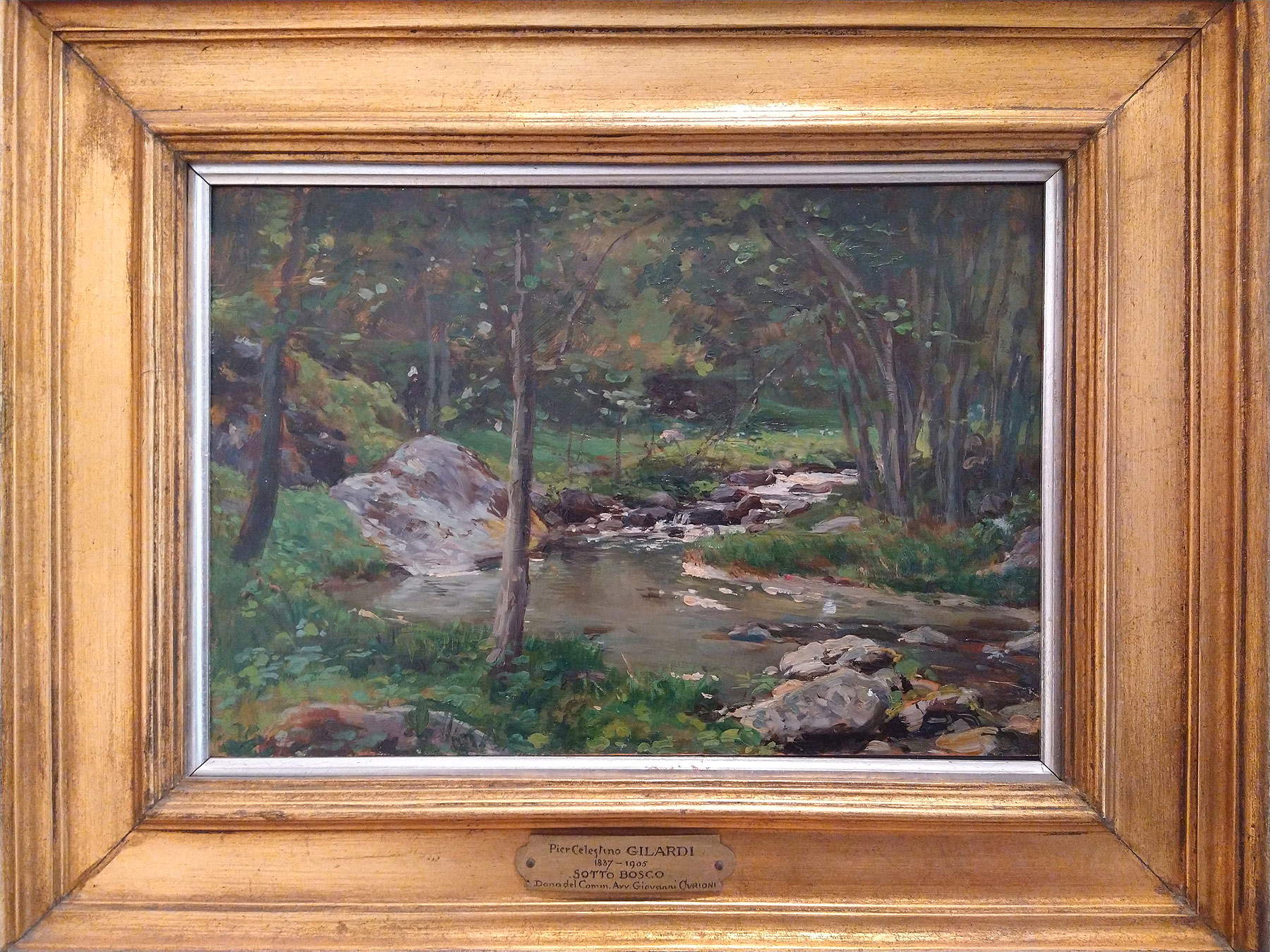
It then continues in chronological order with rooms devoted to the collections of the seventeenth and eighteenth centuries: from the painter Pier Francesco Gianoli, a seventeenth-century artist who created paintings for the Varallo church of Santa Marta, demolished between 1930 and 1932, for the chapel of the ancient Hospital of the Holy Trinity and frescoes for the chapel of Sant’anna at Sacro Monte, to the decorator brothers Giuseppe and Giovanni Stefano Danedi known as Montalti; from the Dutchman of Valsesian adoption Giovanni Antonio De Groot to the Flemish-born Mexican Nicolas van Houbraken.
The second floor of the museum brings together collections of 19th-century Valsesian art, with portraits, genre scenes, and landscapes. Among the most significant names are Giovanni Avondo, heir to the local 18th-century decorative tradition, Pier Celestino Gilardi known for his genre scenes, Antonio Fontanesi, Marco Calderini and Lorenzo Delleani, Eugenio Rappa and Camillo Verno, the latter exponents of landscape painting. Nineteenth-century sculpture, present with works from the gipsoteca preserved in the museum building, is represented by Valsesian Giacomo Ginotti and Casimiro Debiaggi.
The museum tour concludes with collections donated by two families: the Franchi Collection and the Remogna Collection. The former, donated to the Pinacoteca between 2004 and 2007, consists of majolica: about 190 pieces, through which it is possible to trace the evolution of ceramic art from the 14th to the 18th century and the main manufactures in the area. Thus, archaic ceramics, Renaissance majolica, Deruta plates, ceramics of Lombard manufacture, especially from Milan and Pavia, and examples of Savona majolica are on display. The second one, to which we had already dedicated an in-depth study, is spread over three rooms and was donated between 2002 and 2013 by Mario Remogna, a doctor from Borgosese: one hundred and five pieces including paintings, sculptures, liturgical furnishings, furniture, a small corpus of graphics and decorative art objects, all between the 15th and 19th centuries.
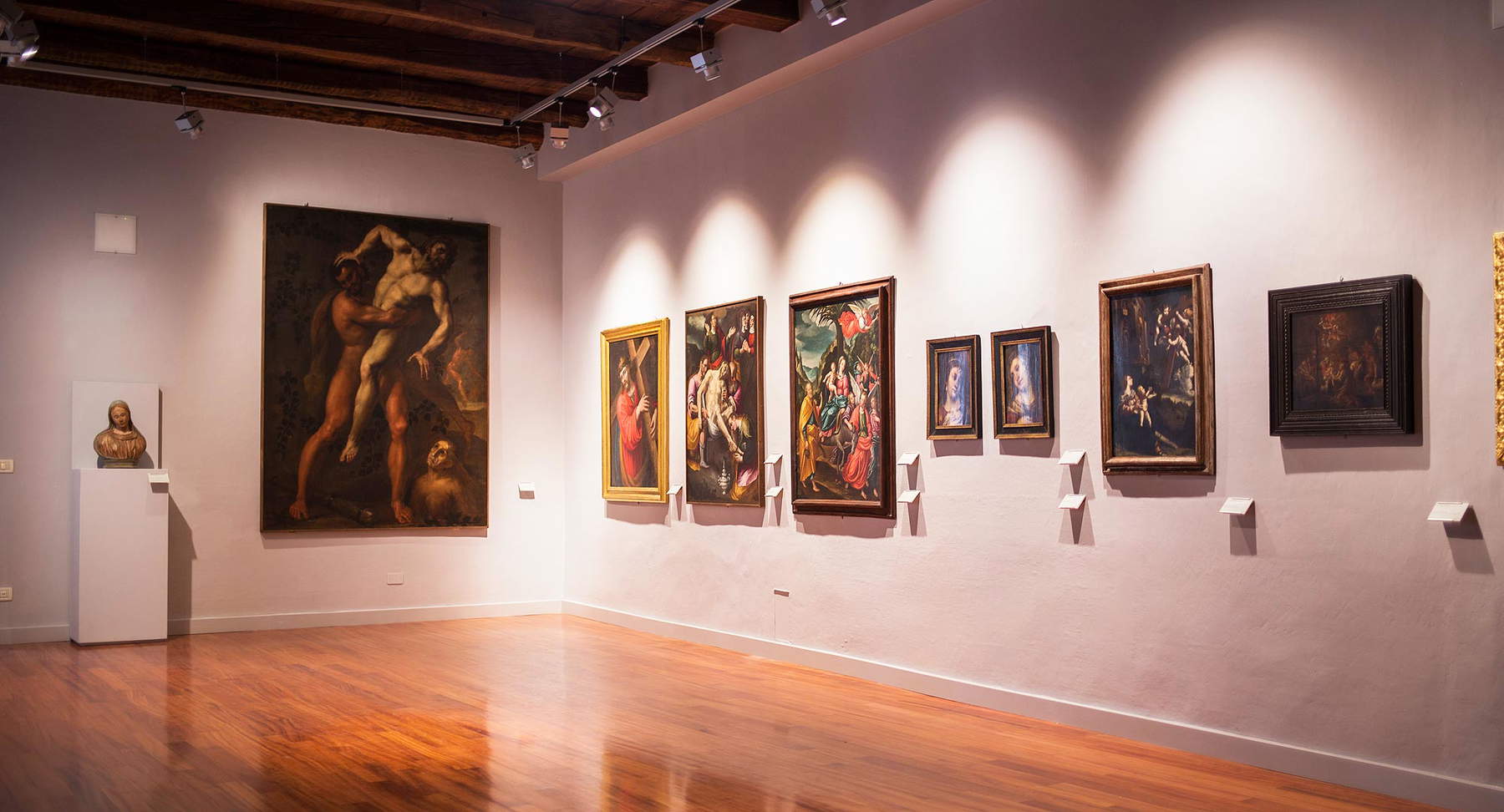
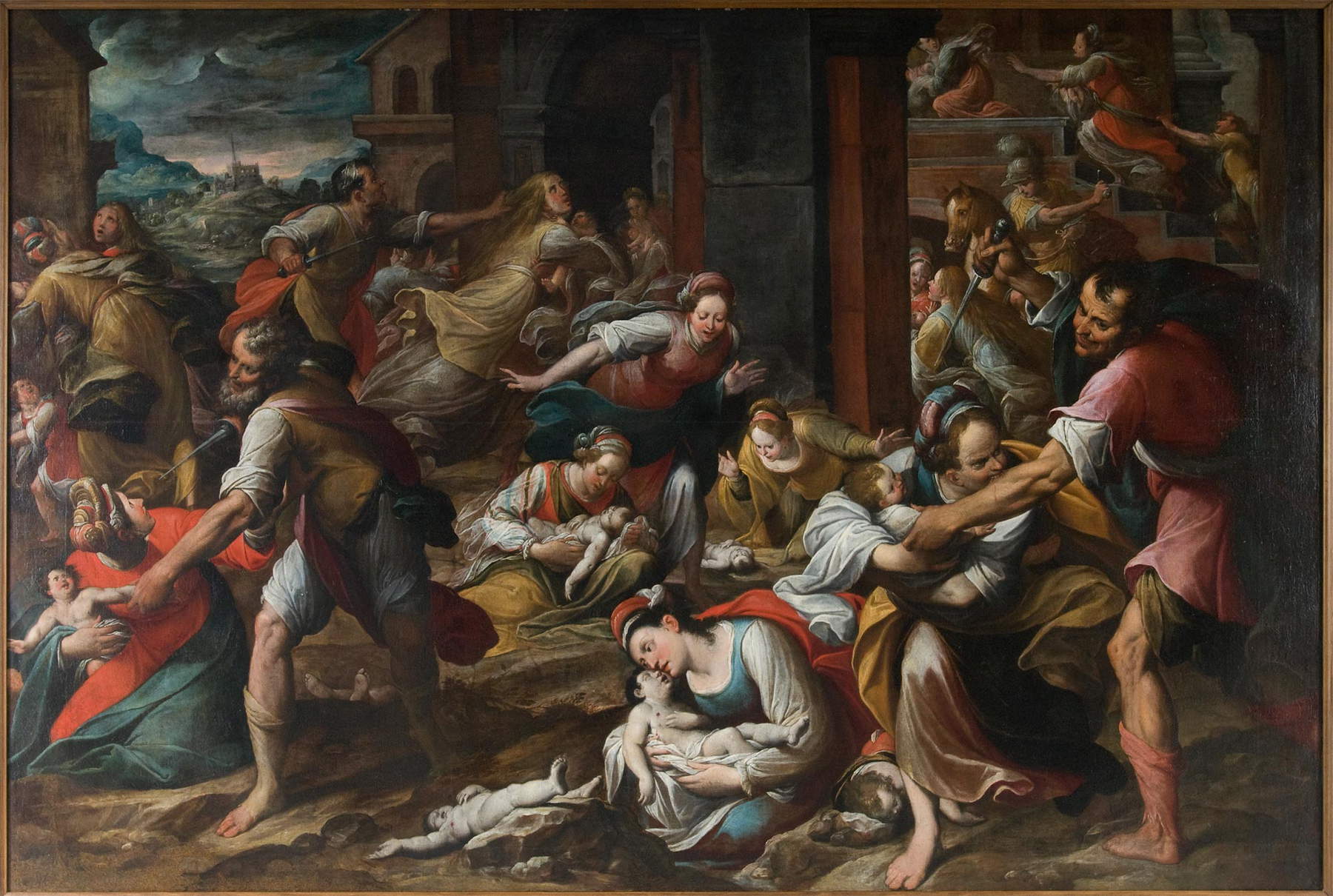

The Pinacoteca also holds an extensive graphic collection, of which, for conservation reasons, three pieces are displayed in rotation in the Tanzio da Varallo room: more than one thousand three hundred drawings referable between the 16th and 20th centuries and a smaller number of engravings.
By Gaudenzio Ferrari and Tanzio da Varallo are obviously the best known works, such as the Head of an Old Man made by the former and the preparatory drawing for the painting Jacob and Rachel by the latter.
Together with Sacro Monte di Varallo, the Pinacoteca civica is worth visiting to get an overview of Valsesian art throughout the centuries and to admire brought together some masterpieces by the major painters of Valsesia, namely Gaudenzio Ferrari and Tanzio da Varallo. A museum that deserves to be counted among the artistic-cultural jewels of Piedmont.
Warning: the translation into English of the original Italian article was created using automatic tools. We undertake to review all articles, but we do not guarantee the total absence of inaccuracies in the translation due to the program. You can find the original by clicking on the ITA button. If you find any mistake,please contact us.